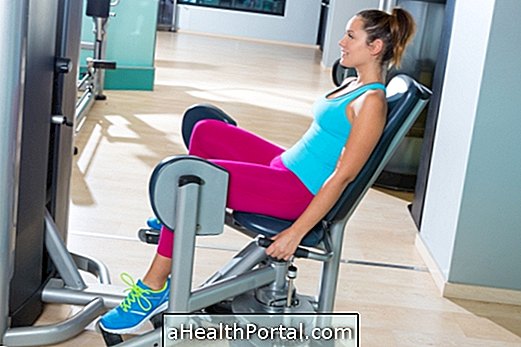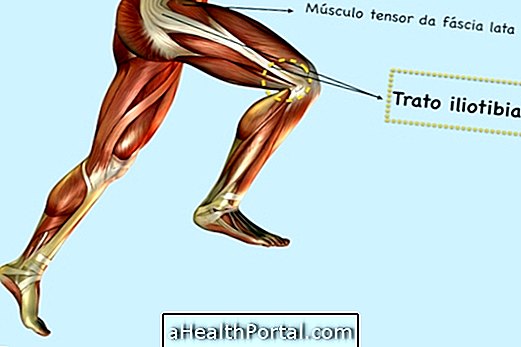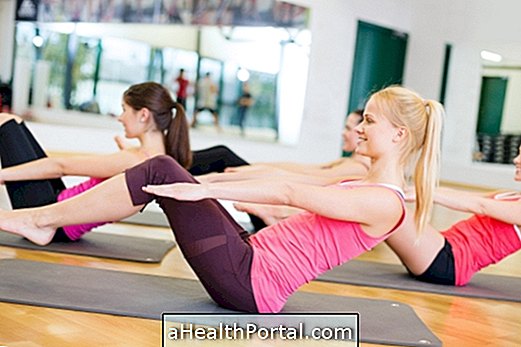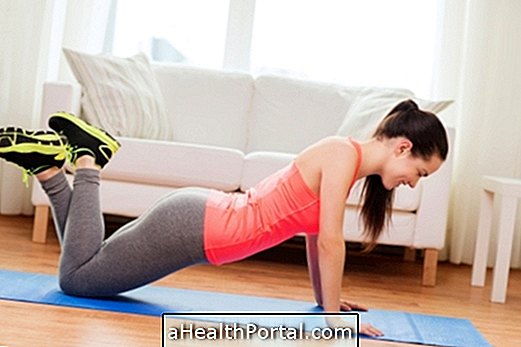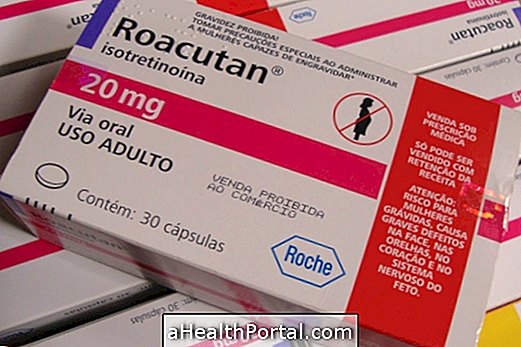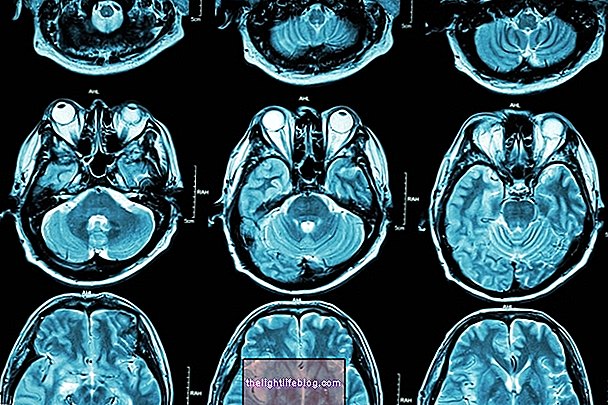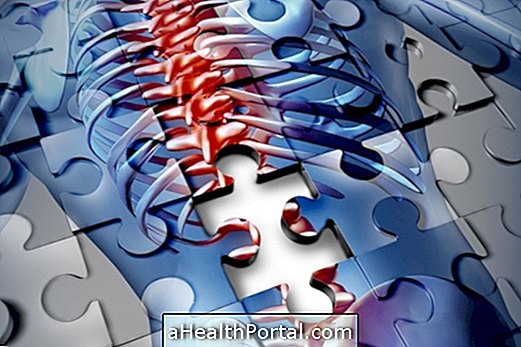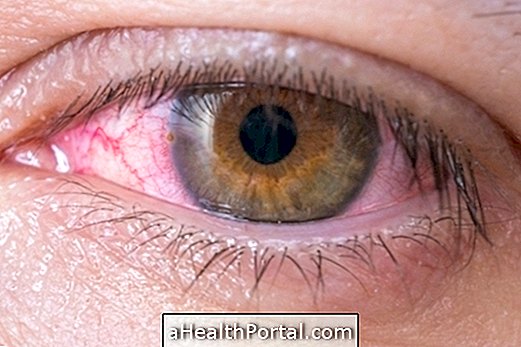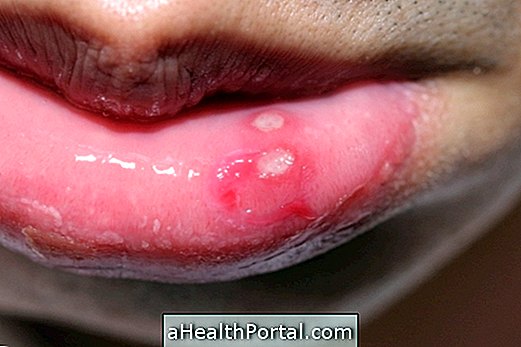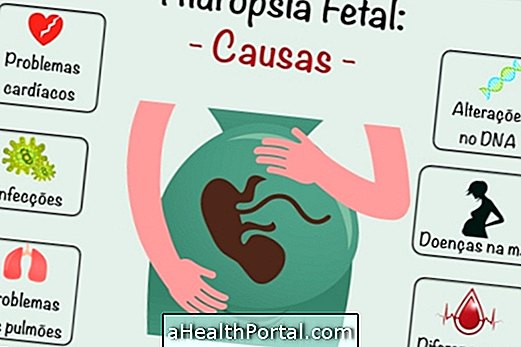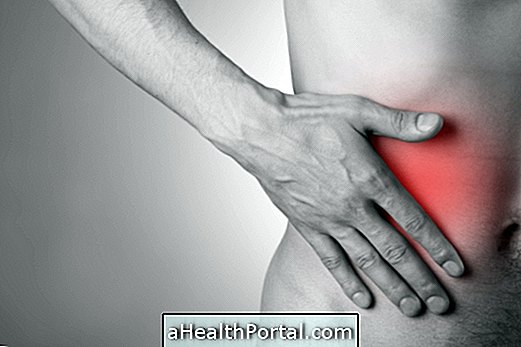Cycling regularly brings benefits, such as improving mood, because it releases serotonin into the bloodstream and also improves blood circulation, and is useful for fighting swelling and fluid retention. But other equally important benefits include:
- Lose weight because it is an exercise that spends about 200 calories in 30 minutes;
- Thicken the legs because it strengthens this musculature, being also useful to combat the cellulite of this region;
- Strengthen the immune system, leaving the body more resistant to microorganisms;
- Improve heart health because with physical conditioning the heart can make less effort to pump the same amount of blood;
- Increase respiratory capacity because it promotes lung expansion, with increased oxygenation of the blood;
- Accelerate the metabolism, causing the individual to spend more calories even while standing still.
For those who are very overweight, riding a bike is more indicated than walking or running because there is less impact on the joints. However, for cycling and not harming the spine it is important to wear the right size of the bike and put the saddle and handlebars at the correct height.
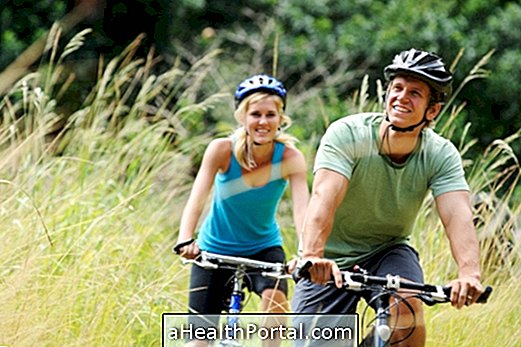
Caring for safety cycling
Some important care for cycling safely are:
- Adjust the saddle and handlebar to the correct height . Ideally, when kneeling, the knees can be almost stretched and you can ride with your back straight and not curved. A good tip is to stand by the bike and adjust the saddle at the same hip height;
- Start slowly . Those who are not accustomed to cycling should not pedal for more than half an hour so as not to over-strain their legs. When the body begins to get accustomed and cycling is getting very easy, adjust the gait to a stronger & or change the way, preferring streets with some ascent;
- Have a bottle of water or some isotonic drink to drink while riding a bicycle;
- Pass a sunscreen on all skin exposed to the sun and, if possible, wear sunglasses to avoid straining eyesight;
- Check that the tires are properly inflated and the condition of the bike in order to avoid accidents;
- Find a safe place to ride a bike . As not all streets have bike paths, it is better to opt for less crowded streets;
- If possible use a helmet to protect the head from falls.
By following these precautions, one can take better advantage of this physical activity, however, before beginning any type of exercise a medical appointment is advised to check the health of the heart.
To avoid injury, see 7 Caring for Exercise alone.
